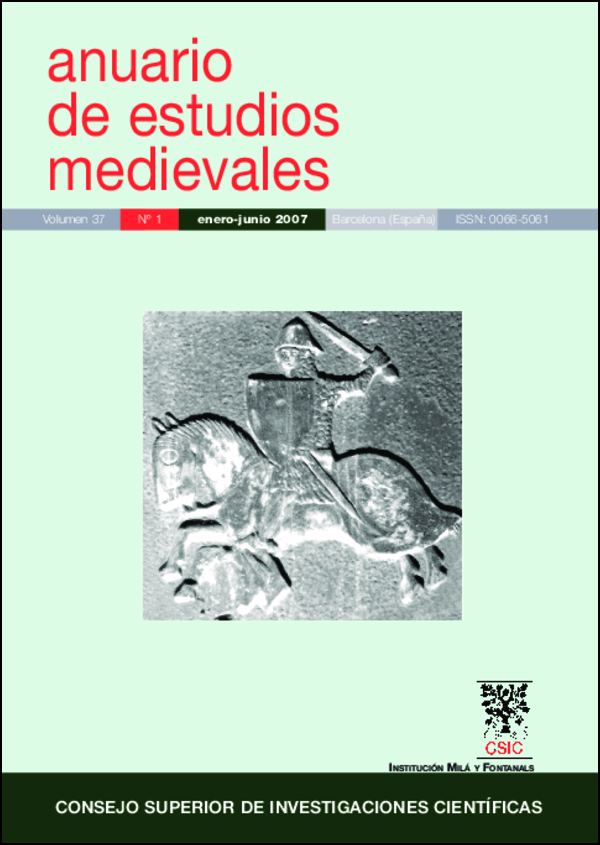The House of the Dockyards of Valencia and Joan del Poyo (I)
DOI:
https://doi.org/10.3989/aem.2007.v37.i1.43Keywords:
Gothic Architecture, Palace, Dockyards, Valencia, Martín I king of Aragon, Joan del PoyoAbstract
The construction of the House of the Dockyards in the coast line of the city by the local government was the result of the urban development policy of Valencia, showing that the city itself was centred in showing an image of propriety and beauty in every place, and also the influence of Martin I and his unsatisfied wishes of constructing a palace near the coast of Barcelona. Despite the fact that the original purpose of the building was to be used a warehouse of the port, the needs of the local government forced it to extend its functions turning it into a palace receiving prominent figures and being the emplacement of many ceremonies and banquets. The importance of the House of the Dockyards can be appreciated in its dimensions, as we can see in the engravings and landscapes illustrations of El Grao, and in the work produced by Joan del Poyo after returning from Barcelona, where he served the king Martin I, probably in the Royal Palace of the city.
Downloads
Downloads
Published
How to Cite
Issue
Section
License
Copyright (c) 2007 Consejo Superior de Investigaciones Científicas (CSIC)

This work is licensed under a Creative Commons Attribution 4.0 International License.
© CSIC. Manuscripts published in both the print and online versions of this journal are the property of the Consejo Superior de Investigaciones Científicas, and quoting this source is a requirement for any partial or full reproduction.
All contents of this electronic edition, except where otherwise noted, are distributed under a Creative Commons Attribution 4.0 International (CC BY 4.0) licence. You may read the basic information and the legal text of the licence. The indication of the CC BY 4.0 licence must be expressly stated in this way when necessary.
Self-archiving in repositories, personal webpages or similar, of any version other than the final version of the work produced by the publisher, is not allowed.














